Clammy Ground-Cherry
Poisonous when certain plant parts are consumed.
- Nightshade or potato (Solanaceae family):
- Physalis heterophylla Nees.
- EPPO code:
- PHYHE
- Other names:
- Ground-cherry, hairy ground-cherry, Japanese lantern
Species information
- Lifecycle:
- Perennial.
- Propagation:
- Clammy ground-cherry reproduces by seed and by deeply penetrating and spreading roots. Dispersal of root fragments after cultivation will increase the spread of ground-cherry. Ontario studies demonstrate that root fragments left on the soil’s surface did not regenerate and that shallow burial of root fragments at 5 cm depths resulted in the fastest regeneration. Tillage timed at fruit dispersal results in the least regeneration of root fragments (Abdullahi and Cavers, 1997).
- Range and habitat:
- Clammy ground-cherry is most commonly found in southern Ontario, usually on well-drained coarse soils.
- Toxicity:
- Although the leaves and unripe fruit contain the solanine alkaloid, accounts of toxicity vary from “poisonous and even fatal if ingested” (Ohio State University Extension, 2015) to “cause gastroenteritis and diarrhea when ingested” (Government of Canada, 2015). The ripe fruit has been used for making preserves (Government of Canada, 2015).
Identification clues
Leaves
- Cotyledons:
- Elongated
- Young leaves:
- The weed’s young leaves are alternate, on a long petiole, oval, pointed at the tip and hairy. They also have entire margins.
- Mature leaves:
- Mature leaves are alternate, on long petioles, covered in sticky hairs and have wavy toothed margins.
Mature plant
- Stem:
- The plant’s stem is extremely hairy, erect and grows 20–90 cm in height. It is branched at the top.
- Flowers:
- Clammy ground-cherry flowers are yellow with five petals fused together to form a trumpet-like, bell-shaped flower.
- Fruit:
- Its fruit are papery hairy and round with a pointed tip. Reminiscent of a Japanese lantern, the flower contains a small, round and green berry that turns yellow when ripe.
- Roots:
- Deeply penetrating and spreading fibrous roots.
Often mistaken for
I know it's not Smooth ground-cherry because clammy ground-cherry is covered in sticky hairs while smooth ground- cherry is pretty much hairless.
I know it's not Hairy nightshade because clammy ground-cherry originates from penetrating and spreading roots and has a yellow trumpet-like, bell-shaped flower that produces a yellow berry. Hairy nightshade, on the other hand, has a taproot, small white flowers and brown berries.
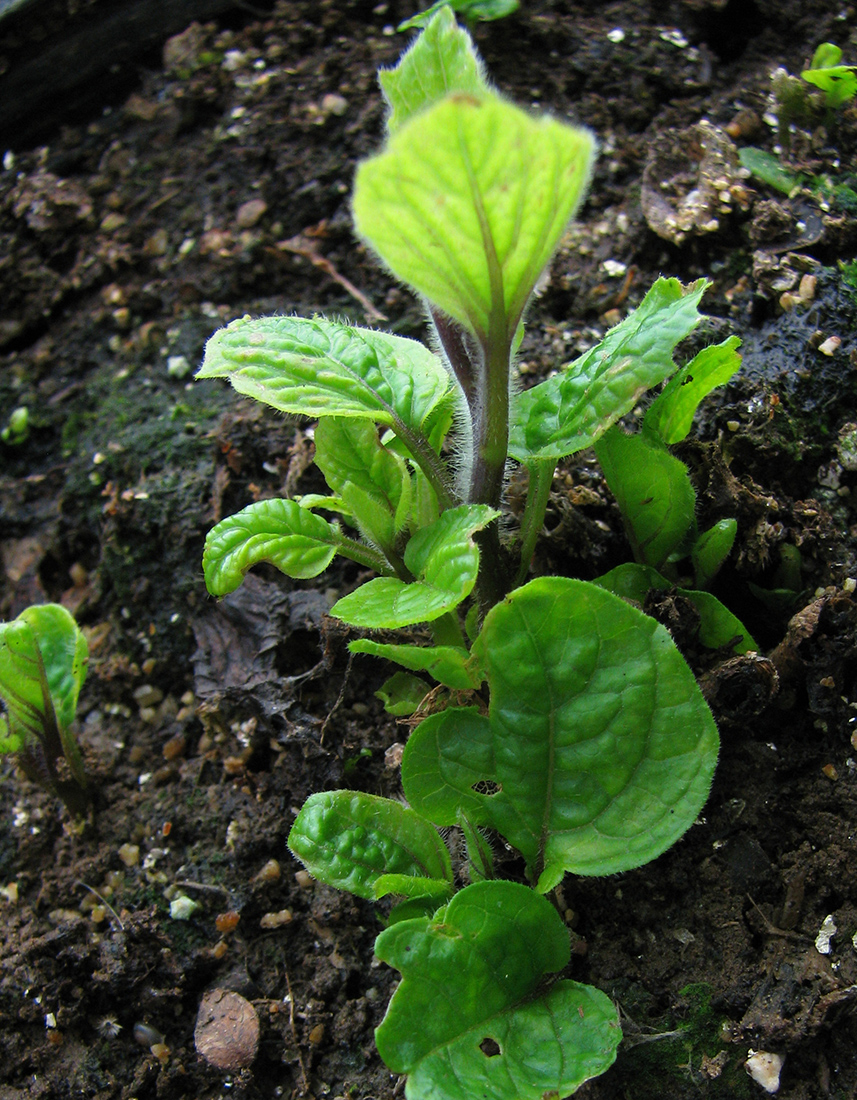
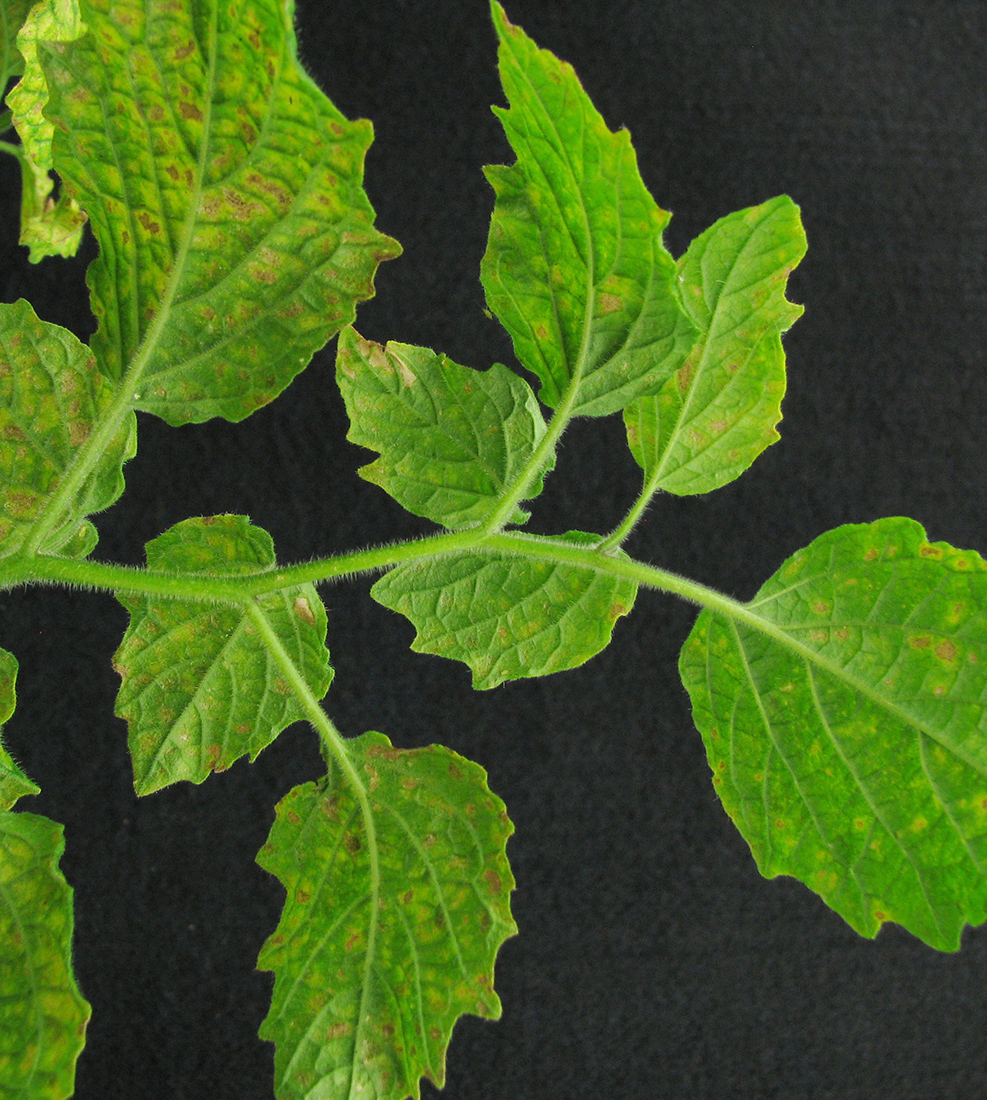
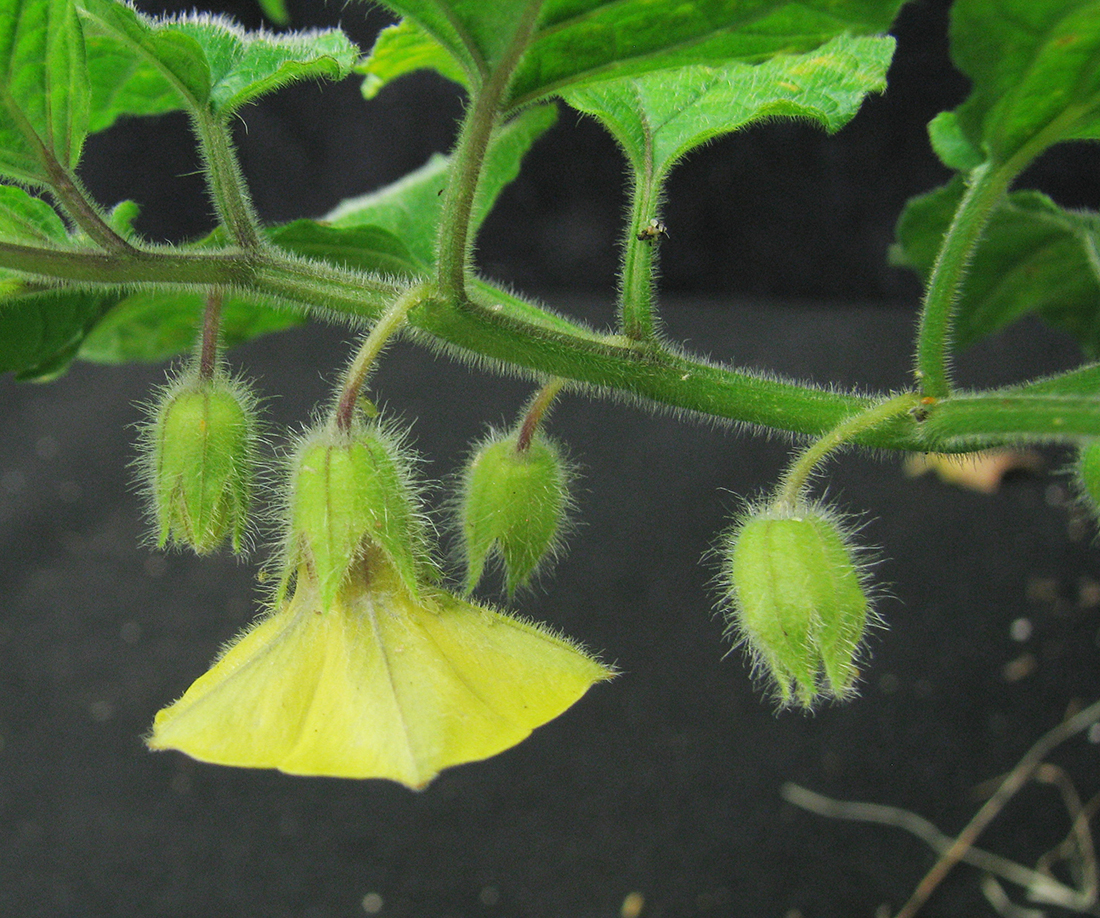
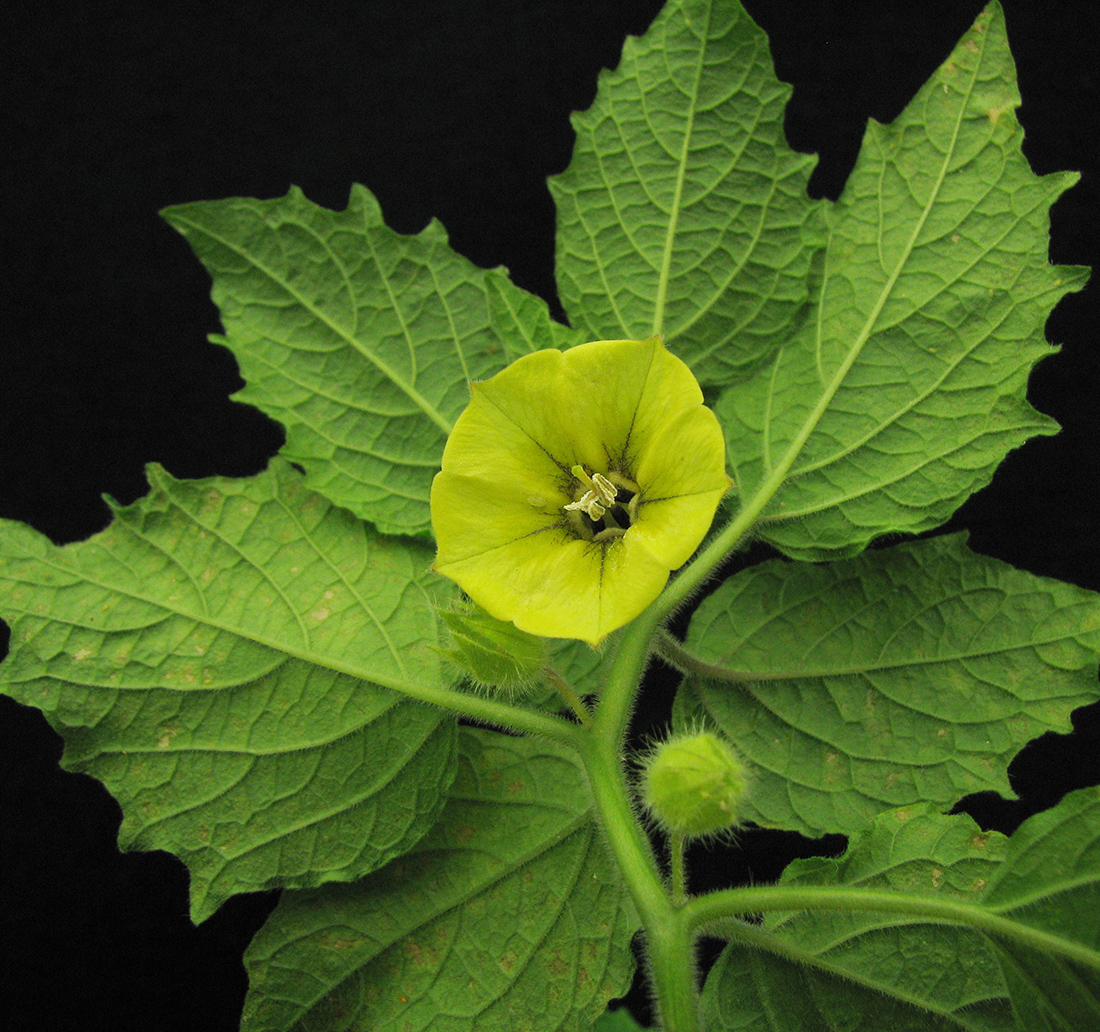
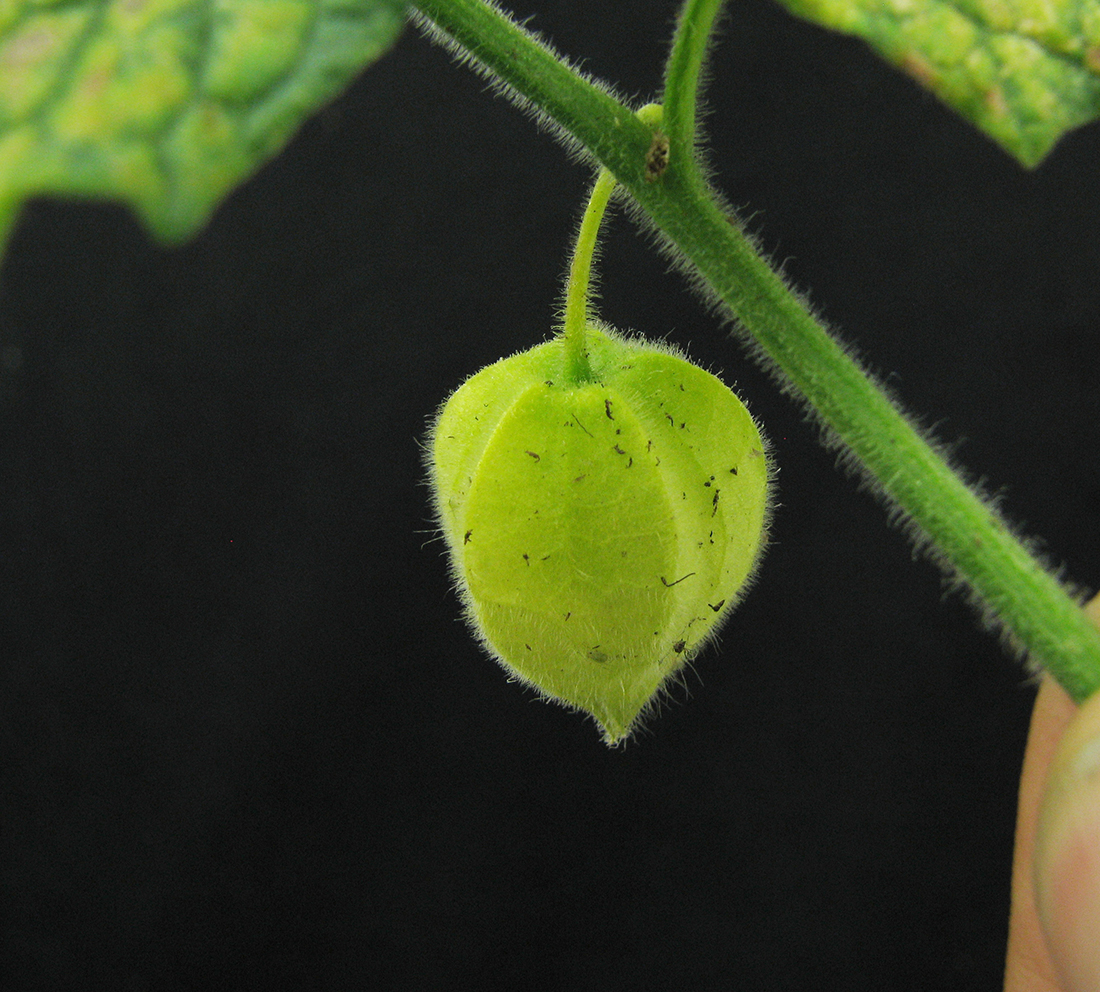
Updated: January 13, 2023
Published: January 13, 2023